 |
|
|
|
Anisotropic charge distribution on halogen atom, σ-hole, really exists: atomic force microscopy and high-level quantum chemical calculations
Pavel Hobza
Institute of Organic Chemistry and Biochemistry of the CAS, Prague, Czech Republic; Palacky University in Olomouc, Olomouc, Czech Republic
Prof. Hobza works as the head of the Non-covalent Interactions group at the Institute of Organic Chemistry and Biochemistry of the Academy of Sciences of the Czech Republic, and as a professor of physical chemistry at Charles University in Prague and Palacky University in Olomouc. It deals with the so-called false hydrogen bond, elucidating the role of layered interactions in DNA and bioproteins and explaining the role of dispersion energy in biomacromolecules. He is currently working on non-covalent interactions and bonds and their roles in the natural sciences. In 2008, he received the National Award "Česká Hlava" for Lifetime Scientific Contribution in Computational and Theoretical Chemistry and in 2017 the Schrödinger Medal (WATOC) "for outstanding work on non-covalent interactions". Prof. Hobza was in “2014, 2015, 2016 and 2018 listed in the list of the world's most cited scientists published by Web of Science. His h-index is 109.
|
| |
|
|
|
|
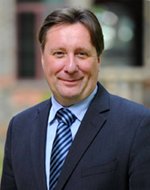 |
|
|
|
Nanocarbons in Energy Storage
Mark H. Rummeli
Soochow University, China; IFW Dresden, Germany; Polish Academy of Sciences, Poland
Prof. Rümmeli is a chartered scientist with a research background in nanotechnology, solid state condensed matter and plasma physics. A visiting professor at the Polish Academy of Sciences in Zabrze, recently an academic researcher from Soochow University (Suzhou, China). Contributed to research in topics: Carbon nanotube & Graphene. hindex of 63, co-authored 403 publications receiving 14 600 citations. Previous affiliations of Mark H. Rümmeli include Spanish National Research Council & Peking University, Sungkyunkwan University, VSB-TU Ostrava. Mark has accepted an honorary award of Doctor of Science from London Metropolitan University.
|
| |
|
|
|
|
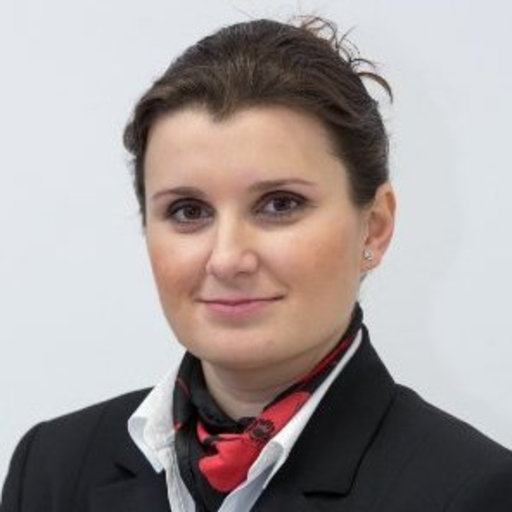 |
|
|
|
Impact of Nanomaterials on Environment
Jana Kukutschová
VSB - Technical University of Ostrava, Czech Republic
Professor in the field of materials science and engineering. She deals with environmental and health aspects of nanomaterials and chemical metallurgy, h index of 20, published over 100 publications with 1300 citations. Recently vice-rector for science and research, director of PhD Academy at VSB - Technical University of Ostrava.
|
| |
|
|
|
|
 |
|
|
|
The metal/non-metal trajectory in sustainable chemistry
Paolo Fornasiero
University of Trieste | UNITS, Italy
Prof. Fornasiero is Associate Researcher of the National Council of Research (CNR) and from 2008 he is the scientific responsible of the CNR Research Unit associated with the Institute of Chemistry of OrganoMetallic Compounds (ICCOM) of Florence and located at the University of Trieste - Department of Chemical and Pharmaceutical Sciences. His scientific interests are the technological applications of material science and heterogeneous catalysis directed to the solution of environmental problems, such as the design of innovative materials for catalytic converters and the design of new catalysts for the production and purification of hydrogen to be used in fuel cells.hindex of 85 co-authored 305 publications receiving 26 200 citations Executive Editor of ACS Catalysis.
|
| |
|
|
|
|
 |
|
|
|
Nanocatalysis for sustainable and advance chemical synthesis
Jagadeesh Rajenahally
Leibniz Institute for Catalysis, Rostock, Germany
Prof. Jagadeesh Rajenahally is a Group Leader at Leibniz Institute for Catalysis (LIKAT), Germany. His research group works on catalysis for sustainable organic synthesis related to essential fine and bulk chemicals, life science molecules as well as valorization of renewable feedstocks. Important works of his group are published in notable journals: 3 research papers in Science, around 10 research papers in Nature Publishing Journals and 2 research papers in Cell-Press Journals. Interestingly, one work related to the development of Fe2O3-NPs for industrially important hydrogenation process has been highlighted and featured on the ‘Cover of Science’.
|
| |
|
|
|
|
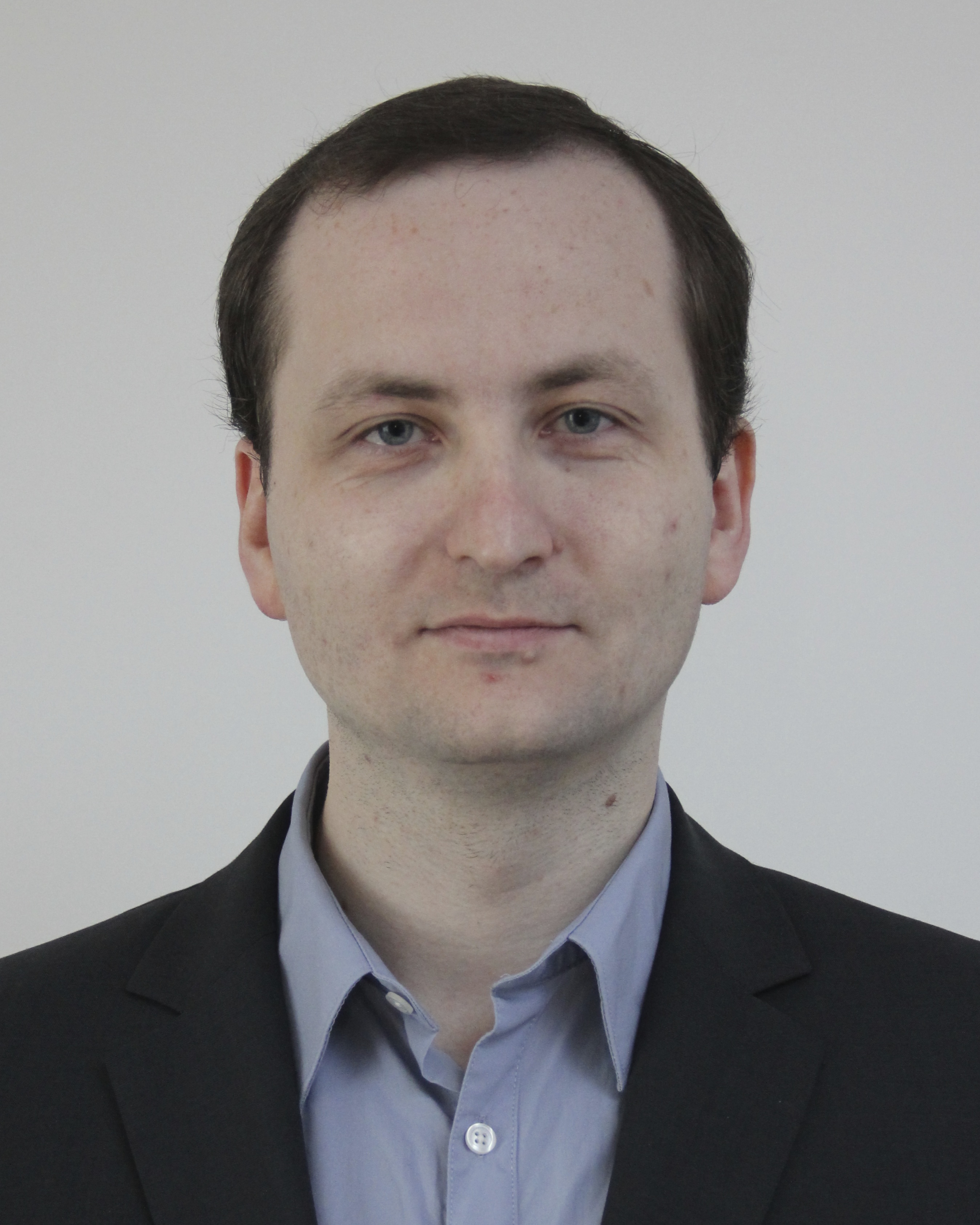 |
|
|
|
Silicone nanowires for solar energy harvesting and storage
Martin Foldyna
LPICM, Ecole Polytechnique, Palaiseau, France
Dr. Foldyna is the head of Nanowires for the PV and solar fuels team at CNRS, Ecole Polytechnique, France. His scientific field focuses on optics, nanophotonics, silicon nanowires, and solar cells for solar electricity production and storage. His more than a hundred publications have been cited 2288 times, his H index is 27 according to a Google Scholar citation report.
|
| |
|
|
|
|
 |
|
|
|
Solid State Lithium-Ion Batteries: Bridging the Gap Between Performance and Safety
Sara Pakseresht
Aalto University, Finland
Dr.Pakseresht obtained her education from Dr. Kariminejad genetic laboratory: Tehran, Iran, then postdoctoral fellowship in Sargem laboratories for batteries development in Sakarya University: Sakarya, Turkey. Recently obtained position at the Department of Chemistry and Materials Science in Aalto University, Finland on Electrochemical Energy Conversion. She specialize on bio-inspired technologiies for enegry storage.
|
| |
|
|
|
|
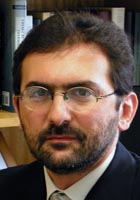 |
|
|
|
Synthetic Fuels and Green Hydrogen: Paving the Way for a Sustainable Development
Joaquim Luís Faria
LSRE-LCM - Laboratory of Separation and Reaction Engineering - Laboratory of Catalysis and Materials, Faculdade de Engenharia da Universidade do Porto, Porto, Portugal
Dr. Faria received his Ph.D (Physical Organic Chemistry – 1993) from Instituto Superior Técnico, Technical University of Lisbon (with Manuel J.E. Prieto), by working in the group of S. Steenken at the Max Planck Institute for Radiation Chemistry (Mülheim an der Ruhr, Germany). He joined the Faculty of Engineering of the University of Porto (FEUP) in 1992, where he is now Associate Professor, and acts as Board Member of the Department of Chemical Engineering, member of the Scientific Committee of the MSc in Chemical Engineering and member of the Scientific Council of the Associate Laboratory LSRE-LCM. He joined the LCM - Laboratory of Catalysis and Materials in 1994 as a staff member, where he started his research on Heterogeneous Photocatalysis. He has served has member of the Portuguese Chemical Society since 1982 and was appointed as Vice-President for the 2016-2018 term of office. Was elected as Associate Member of IUPAC Division I – Physical and Biophysical Chemistry Division for the biennium of 2016-2017. In 2005 he received the Scientific Prize of the Portuguese Association of PhD Studies in France (APDF) "Celestino da Costa / Jean Perrin". In recent years received from FEUP recognition for his contribute to scientific research, being awarded the yearly “Prémio de Reconhecimento Científico”.
|
| |
|
|
|
|
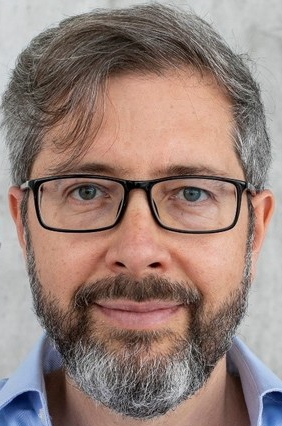 |
|
|
|
Digital olfaction
Gianaurelio (Giovanni) Cuniberti
Technische Universität Dresden, Faculty of Mechanical Science and Engineering, Institute of Materials Science, Chair of Materials Science and Nanotechnology, Dresden, Germany
Prof. Cuniberti holds since 2007 the Chair of Materials Science and Nanotechnology at TU Dresden and the Max Bergmann Center of Biomaterials in Dresden, Germany. He is a member of the TU Dresden School of Engineering Sciences (Materials Science) and of the School Science (Physics). He studied Physics at the University of Genoa, Italy (where he got his B.Sc. and M.Sc.) and obtained his Ph.D. in 1997 at the age of 27 in a joint collaboration between the University of Genoa and the University of Hamburg, Germany. He was visiting scientist at MIT and the Max Planck Institute for the Physics of Complex Systems Dresden. From 2003 to 2007, he was the head of a Volkswagen Foundation Research Group at the University of Regensburg, Germany. His research activity is internationally recognized in more than 400 scientific journal papers to date. He initiated and organized numerous workshops, schools, and conferences and took part in international research training networks, offering extensive opportunities for young scientists. He has given plenary and invited talks at numerous international meetings.
He received several talent scholarships and awards including the Max Planck Society Schloeßmann award (2001) and the VolkswagenStiftung Research Group Individual Grant (2003). He is a member of several scientific organizations and a corresponding member of the Umbrian Academy of Sciences.
|










